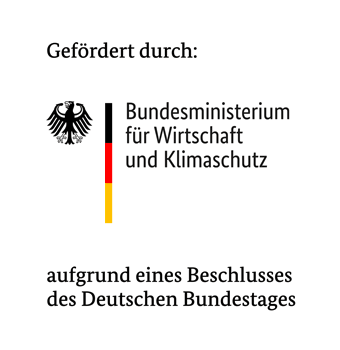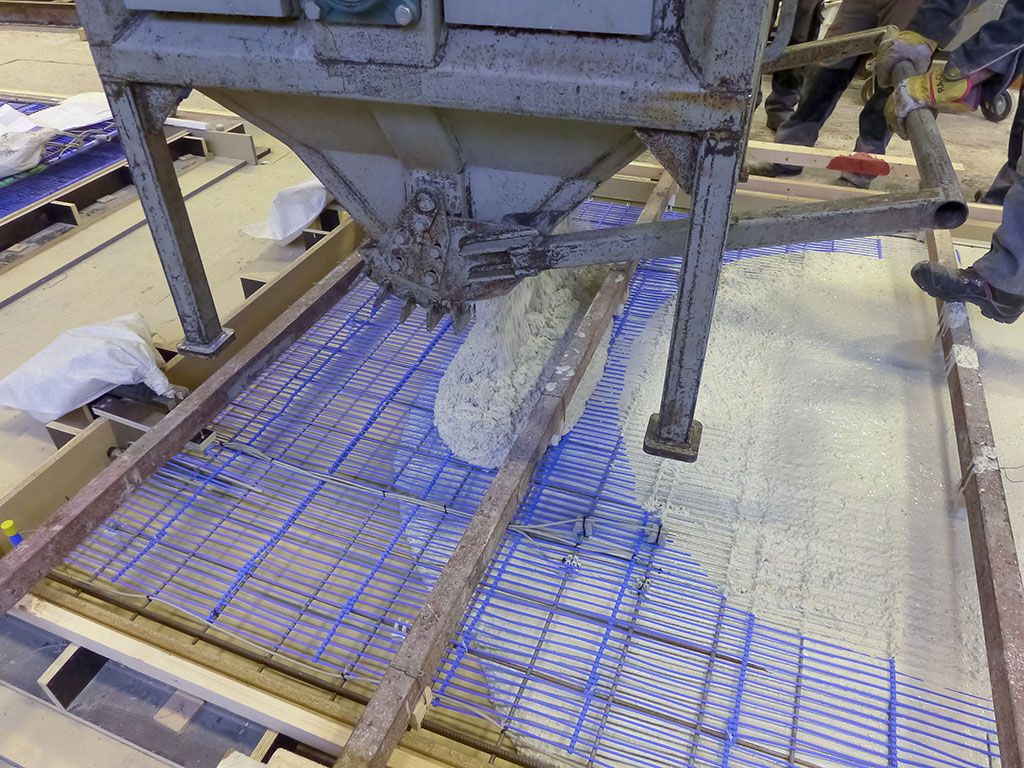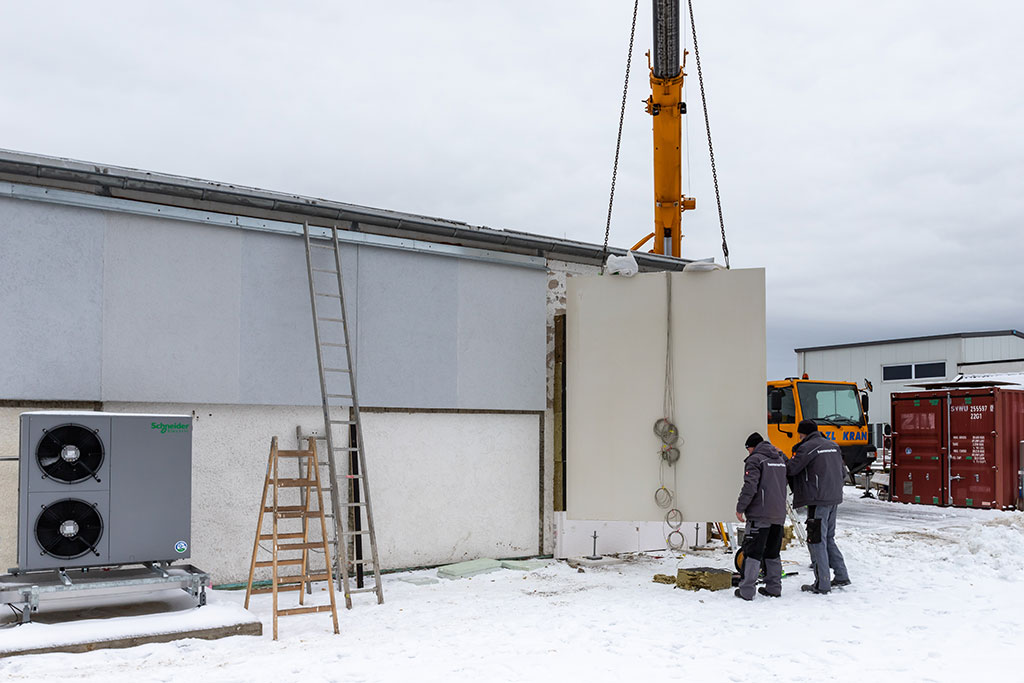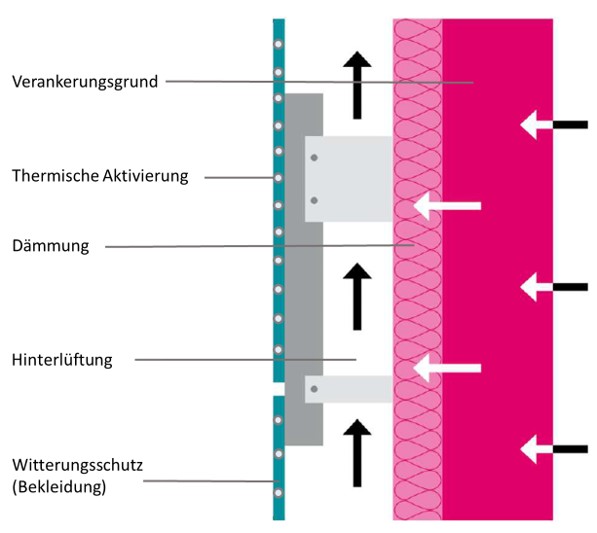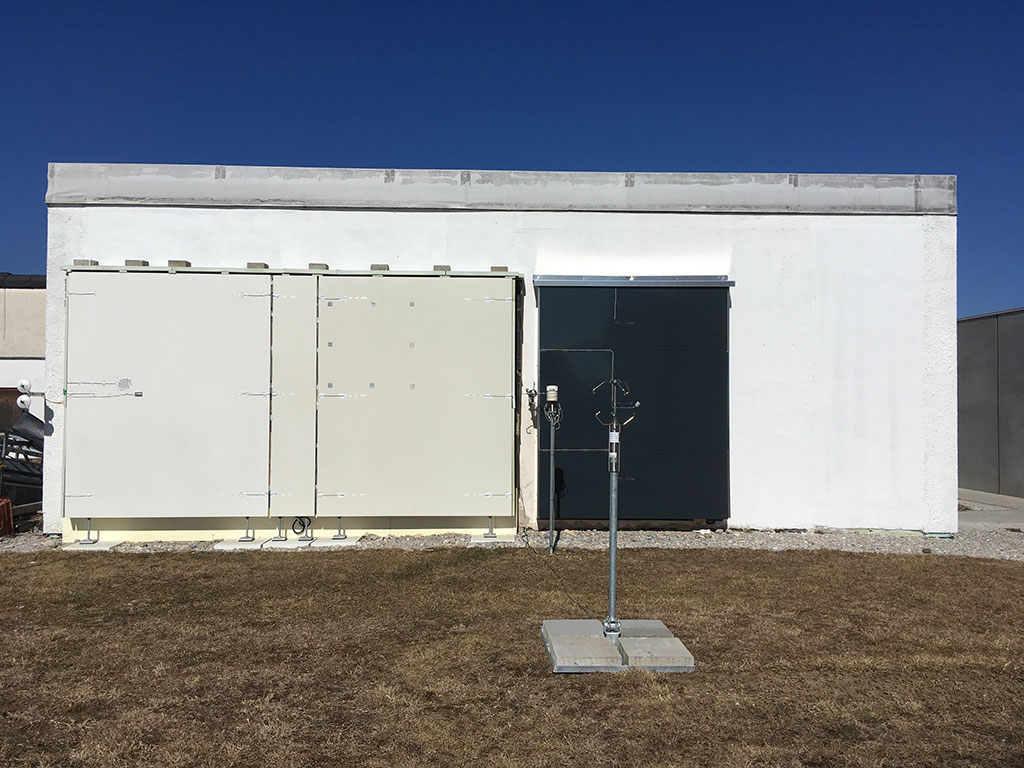
In order to achieve the demanding climate protection targets in the building sector, new architectural and plant engineering concepts and solutions are called for. Owing to its decentralized character, solar thermal energy can contribute significantly to the supply of regenerative heat. Apartment buildings offer particular potential in this regard but, due to economic and acceptance reasons, among others, this has not yet been extensively exploited. Integrating solar thermal energy into the building envelope is a promising concept for cutting costs and realizing high-quality architecture.
